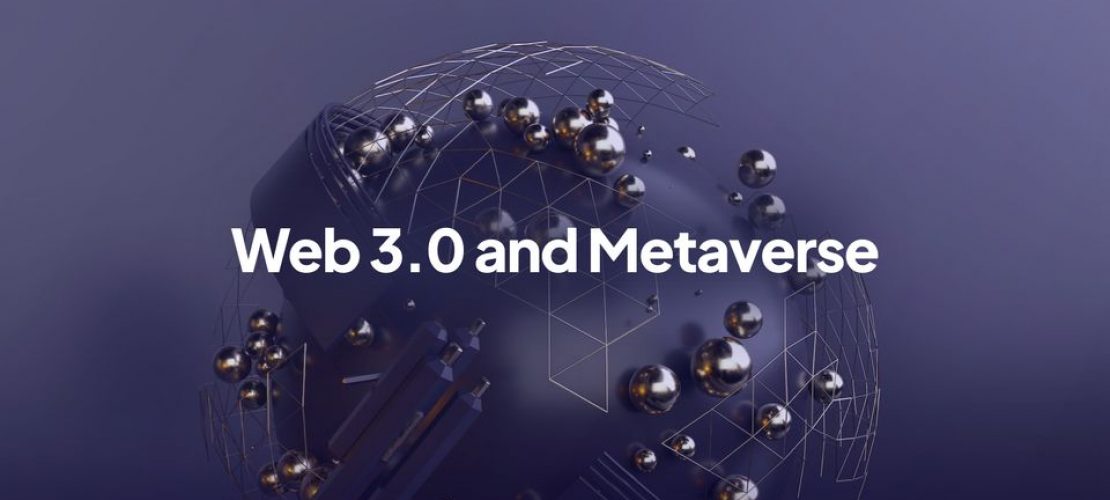The Metaverse is an immersive digital world that is becoming increasingly popular as people spend more time online. With the development of Web3 technologies, the Metaverse is set to become even more interactive and complex. However, this increased complexity also brings with it new cybersecurity challenges that need to be addressed. In particular, DDoS attacks (Distributed Denial of Service) pose a significant threat to the Metaverse infrastructure. In this article, we will explore how Web3 technologies can help improve DDoS protection and cybersecurity in the Metaverse.
What is the Metaverse?
Before we dive into the details of Web3 and cybersecurity, let’s first define what the Metaverse is. The Metaverse is a virtual world that is accessible through the internet. It is a shared space where users can interact with each other and with digital objects in real-time. The Metaverse is often compared to the Oasis in the novel Ready Player One, or to games like Second Life or Fortnite. However, the Metaverse is not just a game, it is a fully immersive experience that blurs the line between the virtual and real worlds.
What is Web3?
Web3 is a term that refers to the next generation of the internet. It is a decentralized web that is built on blockchain technology. Unlike Web2, which is dominated by a few large tech companies, Web3 is open and transparent. It is designed to be more secure, more private, and more user-centric. Web3 enables new types of applications that can operate without the need for a centralized authority. This means that users can own and control their data, and that applications can operate in a trustless environment.
How DDoS Attacks Threaten the Metaverse
DDoS attacks are a common form of cyber attack that are used to disrupt websites and online services. In a DDoS attack, the attacker floods the target with a large volume of traffic, overwhelming its servers and causing it to crash. In the Metaverse, DDoS attacks can be even more devastating. If an attacker is able to take down a Metaverse server, it can disrupt the entire virtual world, preventing users from accessing it and causing significant financial losses for the platform operator.
How Web3 Can Improve DDoS Protection
Web3 technologies can help improve DDoS protection in the Metaverse in several ways. First, Web3 enables the use of decentralized hosting, where multiple nodes are used to host the same content. This means that even if one node is taken down by a DDoS attack, the content can still be accessed through other nodes. Second, Web3 allows for the use of smart contracts to automate DDoS protection. Smart contracts can be programmed to detect and mitigate DDoS attacks in real-time, without the need for human intervention. Finally, Web3 enables the use of distributed content delivery networks (CDNs), which can help distribute traffic across multiple nodes and reduce the impact of a DDoS attack.
How Web3 Can Improve Cybersecurity in the Metaverse
DDoS attacks are just one of many cybersecurity threats that the Metaverse faces. Web3 technologies can also help improve cybersecurity in other ways. For example, Web3 enables the use of decentralized identity, where users can control their own identity and data. This can help prevent identity theft and data breaches. Web3 also enables the use of decentralized applications (dApps), which can be more secure and more resilient to cyber attacks than traditional centralized applications.
Conclusion
Web3 technologies have the potential to revolutionize the Metaverse and make it a safer and more secure environment for users. With the ability to use decentralized hosting, smart contracts, distributed CDNs, decentralized identity, and dApps, the Metaverse can become a more resilient and trustworthy digital world. However, it is important to note that these technologies are still in their early stages of development, and there are still many challenges that need to be overcome. As the Metaverse continues to grow and evolve, it will be essential to stay up-to-date with the latest advancements in Web3 technologies and cybersecurity practices. By doing so, we can ensure that the Metaverse remains a safe and enjoyable place for everyone to explore and interact in.




